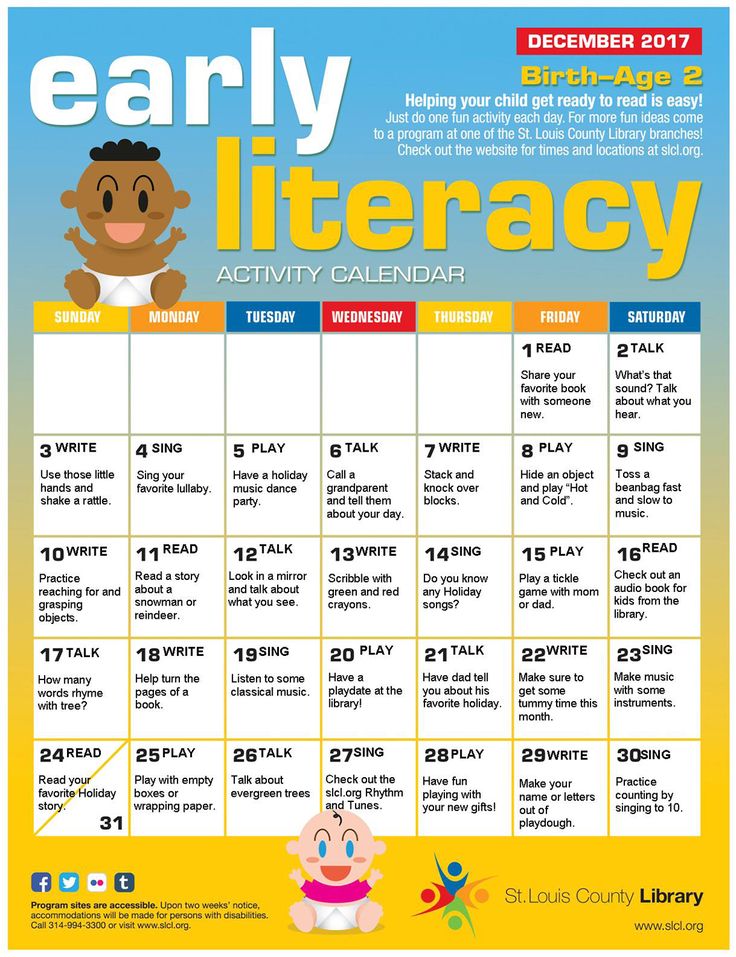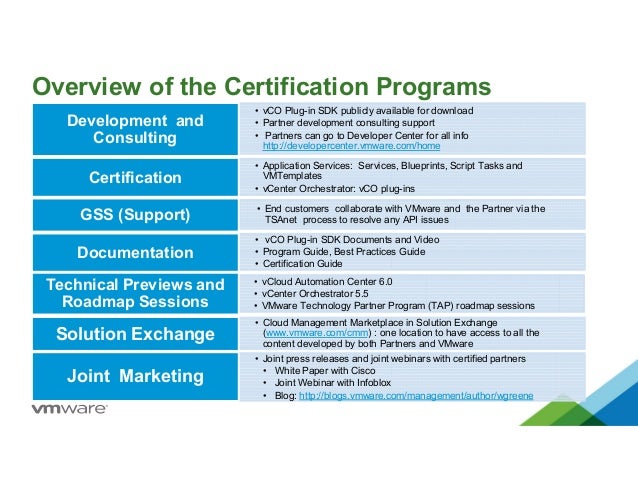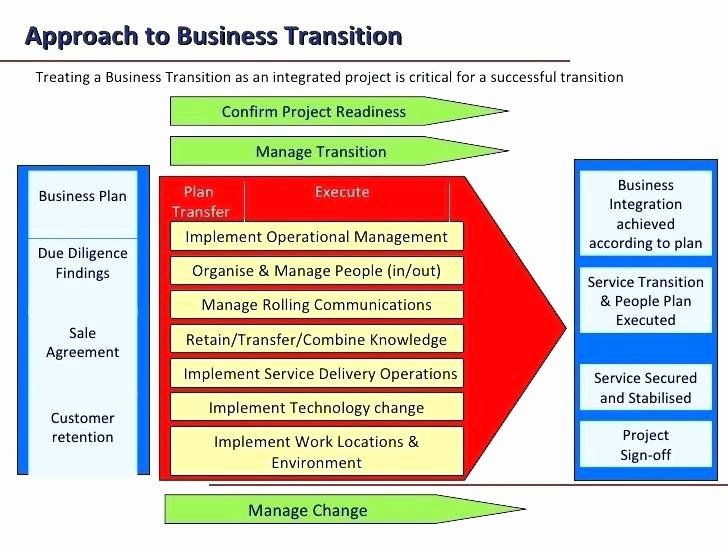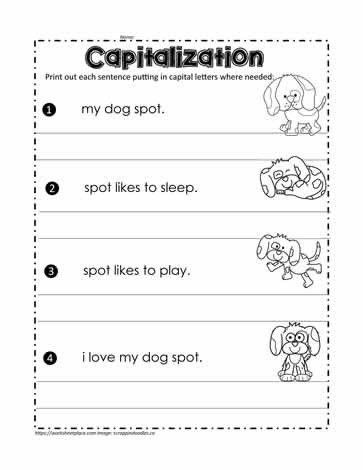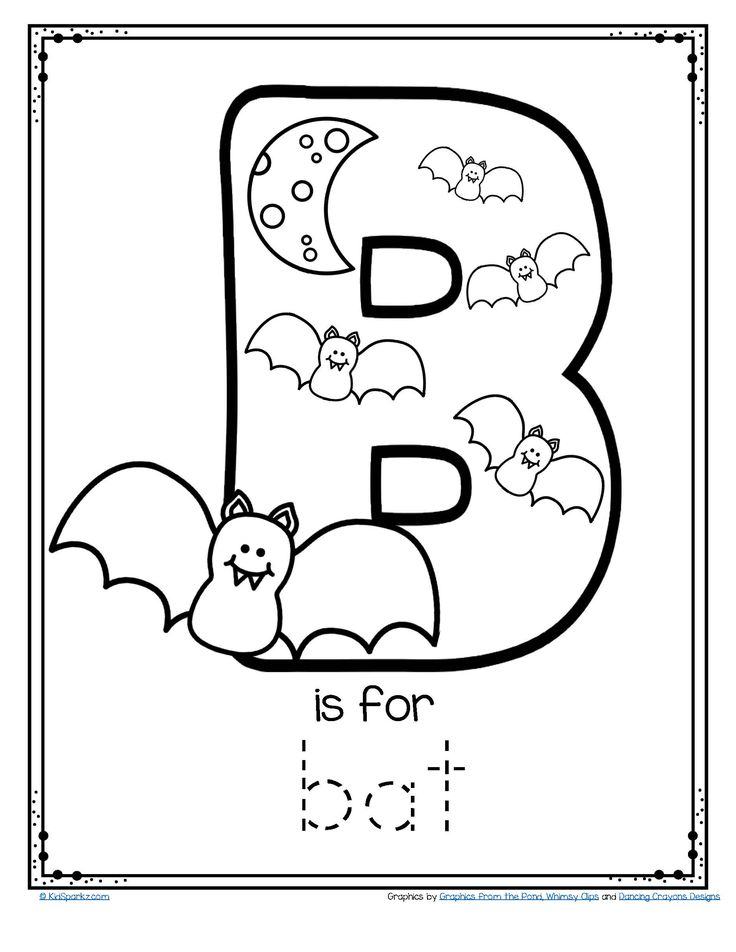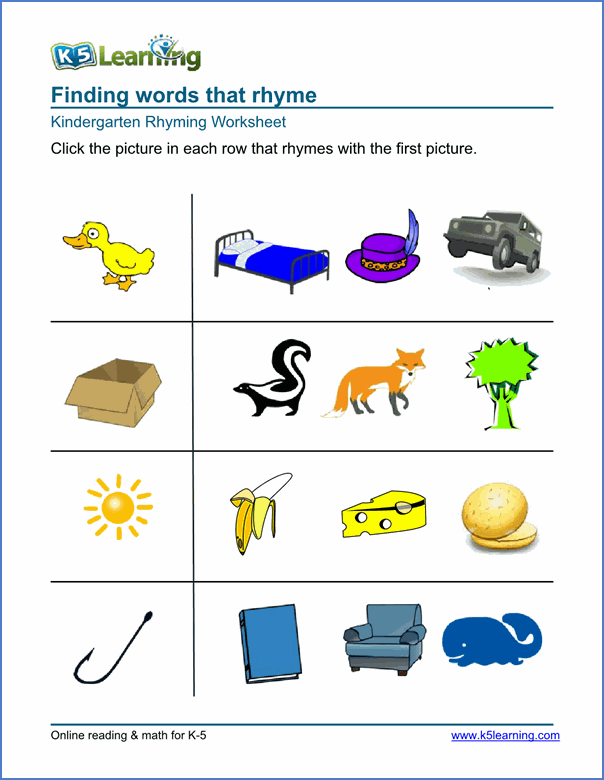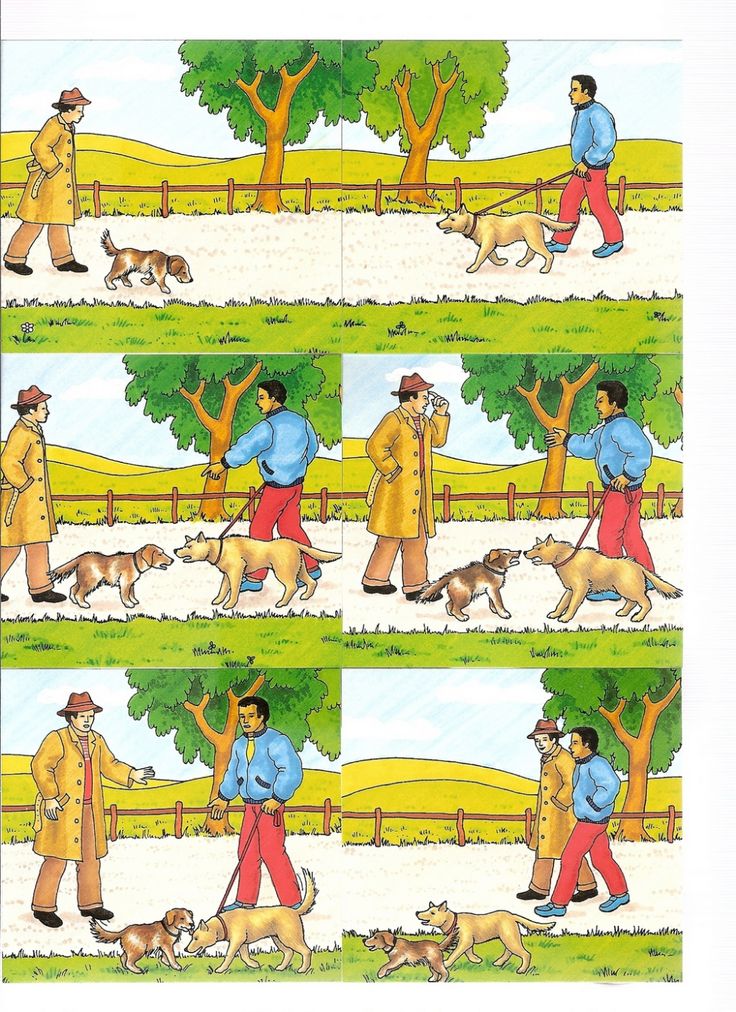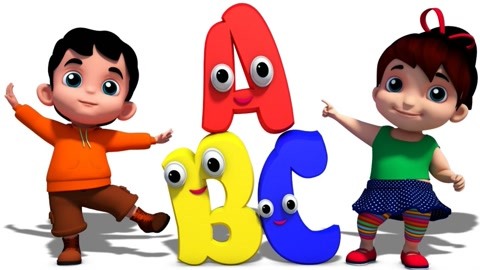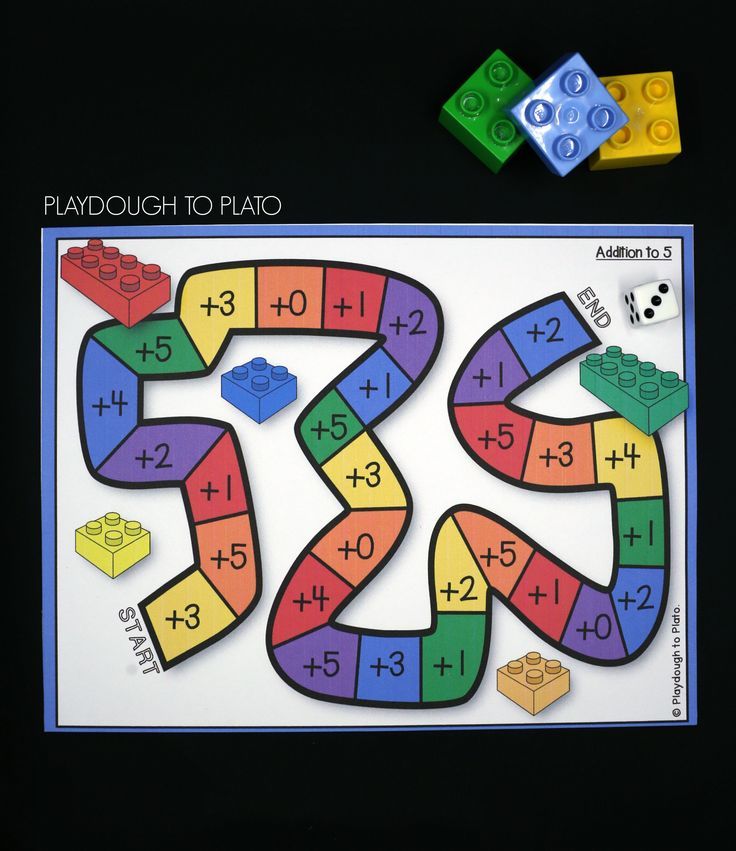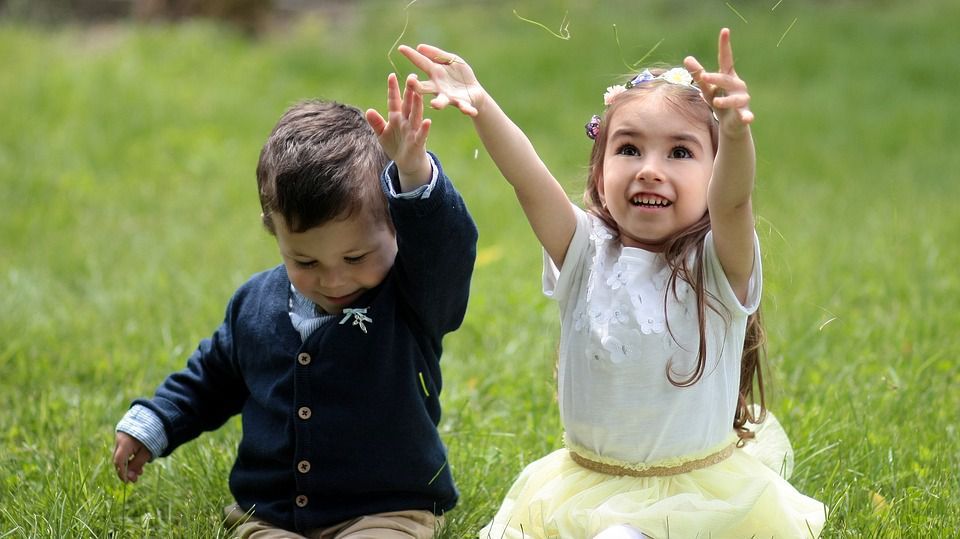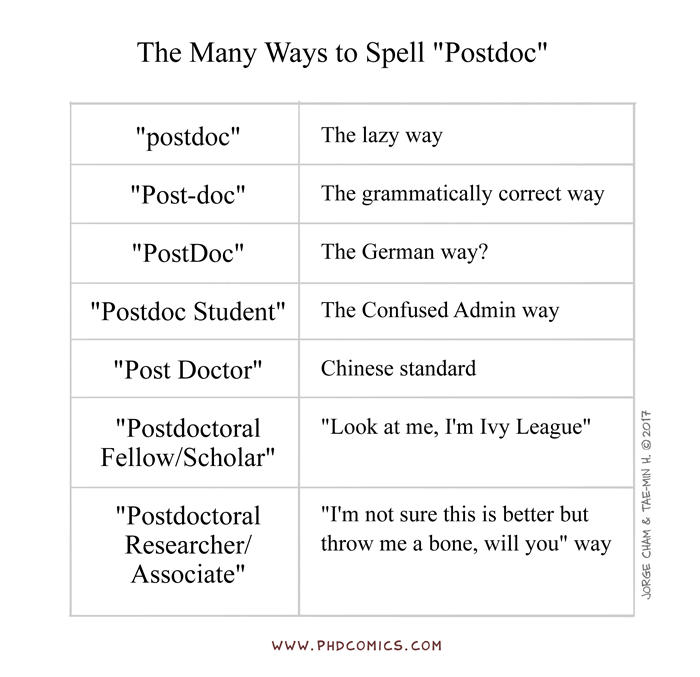Reading readiness program
Home - Reading Readiness Centers
Skip to contentFacebook Instagram Linkedin Youtube
Search
WE BELIEVE IN
ACADEMIC GROWTH
OF YOUR CHILD
Open Enrollment
WE BELIEVE IN
DREAMS AND GOALS
OF YOUR CHILD
Open Enrollment
WE BELIEVE IN
CREATIVE IDEAS
OF YOUR CHILD
Open Enrollment
WE BUILD
SELF CONFIDENCE
OF YOUR CHILD
Open Enrollment
WE PROVIDE
LOVING CARE
TO EVERY CHILD
Open Enrollment
WE PROVIDE
HEALTHY ENVIRONS
TO YOUR CHILD
Open Enrollment
HELP CHILDREN
REACH NEW
HEIGHTS
Online Learning
WELCOME TO RRC!
We at Reading Readiness Center, LLC believe that every child has a right to an excellent education that provides the tools they will need to be productive, positive members of society. To accomplish this, we focus on building a community here in the classroom as well as on early literacy skills to help them become lifelong learners. Learn to read before starting kindergarten through phonetics curriculum program with daily activities in a group setting. The program is designed to help prepare children for kindergarten through reading and writing skills. It is a fun-filled enrichment program. We make sure each child feels safe, loved, and enjoys his/her early education experience. It is a drop-off program from 9:00 a.m. to-12:00 p.m.
OUR STEAM ACTIVITIES
Our STEAM activities increase critical thinking and problem-solving skills in children. Our projects carefully designed to ignite the curiosity innate to all students and encourage them to see their own abilities to innovate and solve problems in real time. During these activities, a high emphasis is placed on character development, sharing and respect.
WE BELIEVE IN
ACADEMIC GROWTH
OF YOUR CHILD
Open Enrollment
WE BELIEVE IN
DREAMS AND GOALS
OF YOUR CHILD
Open Enrollment
WE BELIEVE IN
CREATIVE IDEAS
OF YOUR CHILD
Open Enrollment
WE BUILD
SELF CONFIDENCE
OF YOUR CHILD
Open Enrollment
WE PROVIDE
LOVING CARE
TO EVERY CHILD
Open Enrollment
WE PROVIDE
HEALTHY ENVIRONS
TO YOUR CHILD
Open Enrollment
HELP CHILDREN IN
REACHING NEW
HEIGHTS
Online Learning
Events And Activities
HEALTHY & REFRESHING
Excitement Refreshment Enjoyment And Much More.
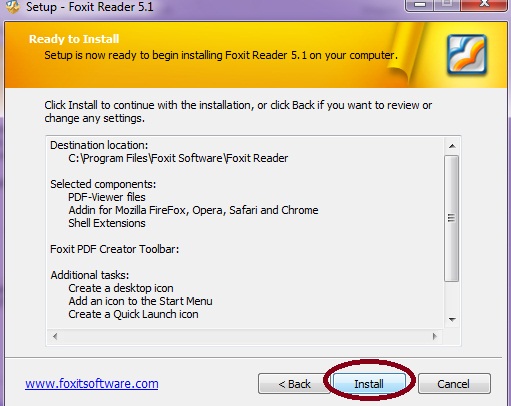
Check Our Discounts
ONLINE BOOK
STORE
Rules & Regulations
GRADUATION
POLICY
HEALTHY & REFRESHING
Fun & Learn
INTERACTIVE
WAYS OF
TEACHING
Own A Feel Good Franchise
READING READINESS
EDUCATION CENTER
Learning Made Easy
ONLINE
CLASSROOM
Caring
Safety Policy
CHILD SAFETY
COMES FIRST
About Us - Reading Readiness Centers
Skip to contentFacebook Instagram Linkedin Youtube
Search
Reading Readiness Center, LLC
Reading Readiness Center, LLC is an enrichment program designed to help prepare children for Kindergarten. We help children learn to read. Our goal is to help early learners reach their full potential. We want to reach as many children as possible and provide them an exceptional fun and leaning experience. We believe each child goes through different learning stages as they grow. So, we have created a unique learning tool to help each child individually. Our classes are interactive and engaging. Our Proprietary curriculum is fun and helps develop early literacy skills in children. We offer classes that are focused on children’s creative learning, development growth, social emotional needs and academic achievement. Our proven methodology helps grow children’s intelligence and capabilities. Through a variety of activities, we keep kids engaged, focused and motivated. So, they can play, learn and grow!
We help children learn to read. Our goal is to help early learners reach their full potential. We want to reach as many children as possible and provide them an exceptional fun and leaning experience. We believe each child goes through different learning stages as they grow. So, we have created a unique learning tool to help each child individually. Our classes are interactive and engaging. Our Proprietary curriculum is fun and helps develop early literacy skills in children. We offer classes that are focused on children’s creative learning, development growth, social emotional needs and academic achievement. Our proven methodology helps grow children’s intelligence and capabilities. Through a variety of activities, we keep kids engaged, focused and motivated. So, they can play, learn and grow!
Graduation Policy
Safety Policy
Message From The Director
We want every child at Reading Readiness Center, LLC to have a wonderful experience with their Early Childhood Education.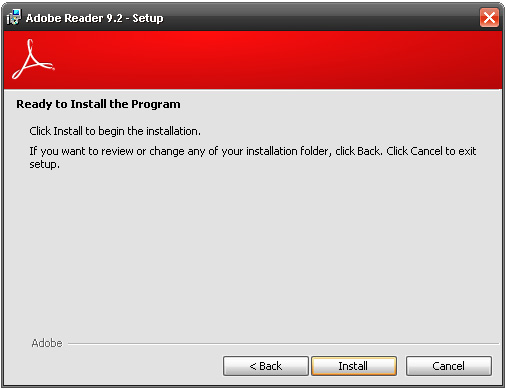 Every child must feel very Safe, Comfortable, and Happy. My personal belief is that no learning can take place until they feel all three. So, we welcome you to the Program with the promise to try our best to accomplish this, and academic success will follow.
Every child must feel very Safe, Comfortable, and Happy. My personal belief is that no learning can take place until they feel all three. So, we welcome you to the Program with the promise to try our best to accomplish this, and academic success will follow.
Nabila Imran
Director - Reading Readiness Center, LLC
COMPREHENSIVE CURRICULUM
- Individualized Attention: Working with kids individually to ensure their progress.
- Group Session: Small group settings to work as a team. Learn to share ideas and projects. Help built confidence.
- Interactive Class Activites: Help with worksheets and reading with an experienced teacher.
- Classwork: Learn by practicing writing skills from beginning to advance levels.
- Storytime: To encourage listening and participation.

- Tests And Assessments: Teachers help assess kids’ progress and work towards their goals.
- Research-Based Curriculum: Step by step curriculum to motivate kids to accomplish higher levels.
- Artwork: To promote creativity and motor skills.
Interactive Class Activities
Reading training program for preschoolers, Teaching a child to read
For parents of preschoolers > Useful for parents
Bardova Lidia Georgievna
How good it is to be able to read!
Don’t pester your mother,
Don’t shake your grandmother:
“Read, please, read!”
Don't beg your sister:
"Well, read another page."
No need to call,
No need to wait,
Or you can take
And read!
Valentin Berestov
"Teaching a Child to Read" is an effective and affordable program for teaching preschoolers fluent and conscious reading.
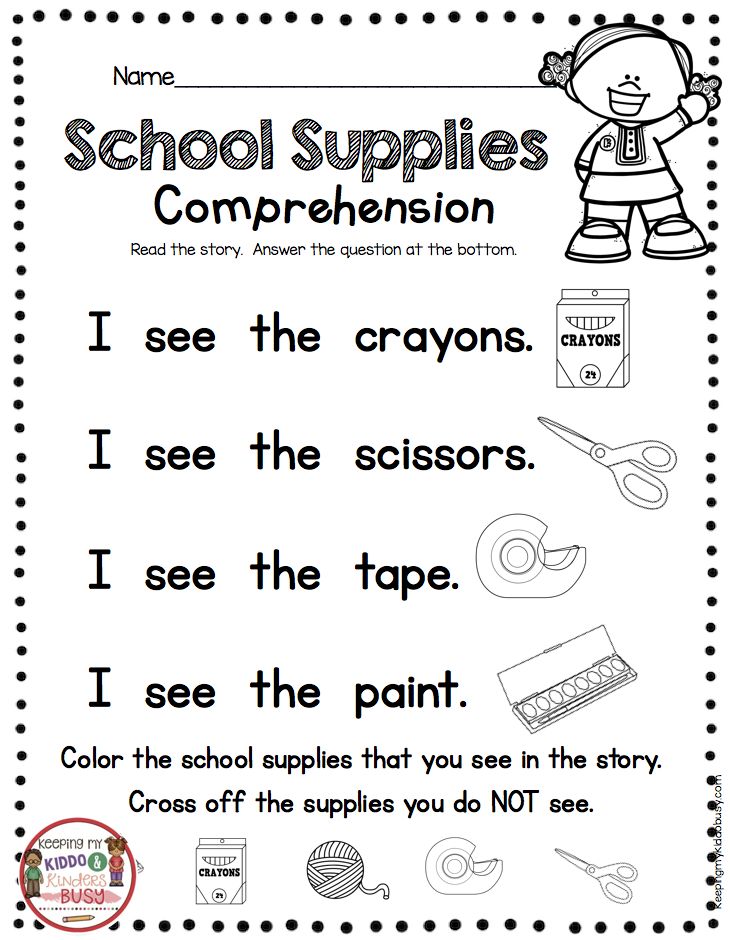
Problems in teaching young children to read.
Reading is an amazing means of understanding the world. We use this tool every day in a variety of situations. At any moment we can satisfy our curiosity by opening a book or turning on a computer. Over the long years of study, the process of reading has reached us to automatism. We read without difficulty, and sometimes it seems to us that there is nothing easier than reading.
If a preschooler grows up in a family, then parents face the question: how to teach a child to read. In the old days, children were taught to read at school, but now, following some unwritten rule, the child must enter the 1st grade as a reader.
I must say that the parents themselves learned the basics of reading many years ago, and, of course, forgot how laborious and complex this process is. Therefore, many of them enthusiastically undertake to teach their child this “simple”, as they consider, process. And if the child is easily trained, then the parents cope with this work without problems.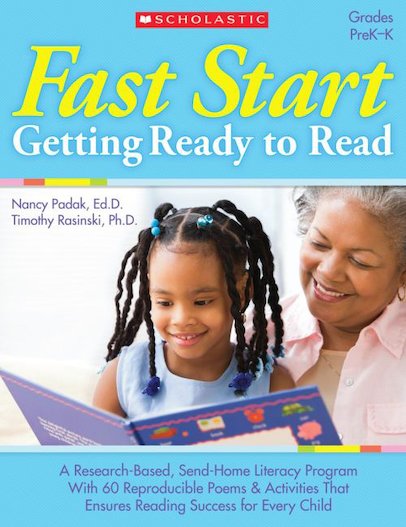
However, many parents face great difficulties in teaching their children to read. This forces them to look for the necessary information on the Internet and on the bookshelves, where it is now, by the way, countless. However, often this information is either difficult for home use, or very ineffective. Therefore, some parents, whose family budget allows this, resort to the help of tutors.
What about other parents? Who will teach their children to read?
It turns out that preschoolers have become hostages of this difficult situation.
An effective children's education program.
For parents who would like to help their child learn to read, this guide has been developed. When compiling it, the experience of the most successful primary school teachers, as well as tutors preparing children for school, was used. This program is based on the well-known rule: any hard work will become easy if:
- correctly divide it into parts, i.e. - dose correctly;
- and then arrange these parts in a strictly defined sequence.
In the proposed program, the sequence of studying letters and syllables differs significantly from the generally accepted traditional system at school. And the amount of material for each lesson is dosed, taking into account the fact that at this age the attention of children is extremely unstable. Therefore, you need to deal with a child for about 10-15 minutes a day.
It is this sequence of each session and precisely this dosing of these sessions that have become the main advantages of this program.
And one more of its advantages is that an adult does not have to have a pedagogical education to work under this program: it is enough for him to show a sample of reading and achieve its repetition.
Recommendations.
- Create and maintain a positive classroom environment. Show maximum patience, do not rush the child while reading, tell him at a critical moment. Never scold him, praise him with or without reason.
- Currently, various gadgets do nothing to awaken a child's interest in reading.
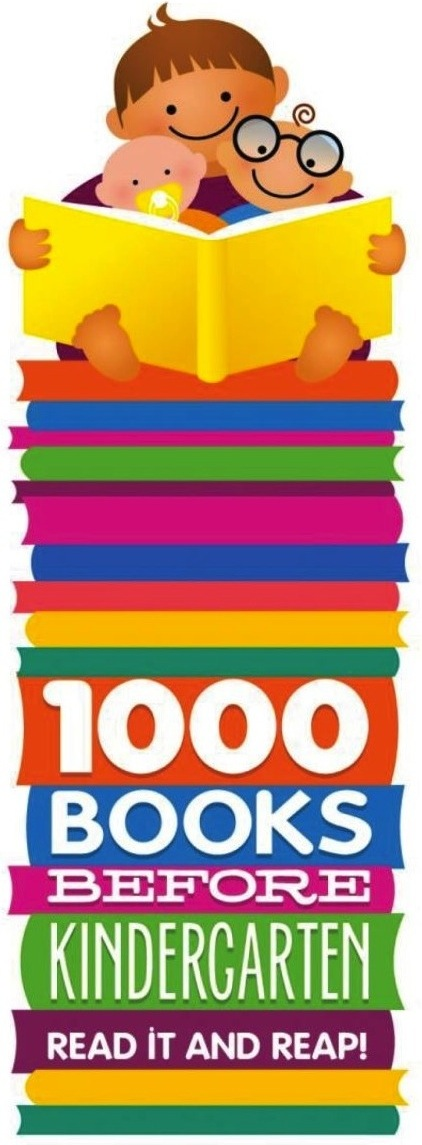 Moreover, some children openly express a stubborn unwillingness to read. Given this circumstance, classes should be started in a mild form, without pressure and coercion, reaching agreement with the child, taking into account his desires, but at the same time showing some perseverance. And, due to the fact that these classes are short in time and small in volume, after a few days the child positively perceives the process of reading.
Moreover, some children openly express a stubborn unwillingness to read. Given this circumstance, classes should be started in a mild form, without pressure and coercion, reaching agreement with the child, taking into account his desires, but at the same time showing some perseverance. And, due to the fact that these classes are short in time and small in volume, after a few days the child positively perceives the process of reading. - Set yourself and your child up for daily activities (except weekends) , make them an obligatory item of the daily routine.
- Teachers and psychologists argue that each child has his own pace of learning. That is why this program does not indicate the time frame for passing a particular lesson. But, to achieve good results, one very important rule should be observed:0028 the child reads without errors and at a good pace. Throughout all classes, this is the most important rule. Strict observance of it leads to the formation of one of the most important skills in a child - the skill of confident reading.
 And this is the foundation on which fluent reading is subsequently easily developed.
And this is the foundation on which fluent reading is subsequently easily developed.
The word is up to adults.
The purpose of this program is to make it as easy as possible to teach reading, not only for children, but also for adults. It includes 28 lessons that clearly show how much work a small child has to do in order to learn to read. For example, one two-letter syllables will have to learn more than 150 options.
If parents decide to walk this path together with their child, they are worthy of the deepest respect and reverence. And as a reward for this work, parents will repeatedly experience feelings of joy for each success, as well as pride in themselves and in their child. And then all the difficulties that have to be overcome during this time are forgotten.
And one more important factor: such joint activities and success bring adults and children much closer.
Experience shows that love for a child, patience and regular practice necessarily lead to the fact that by the end of learning to read under this program, the vast majority of children read at the level of a student completing grade 1, and some even better .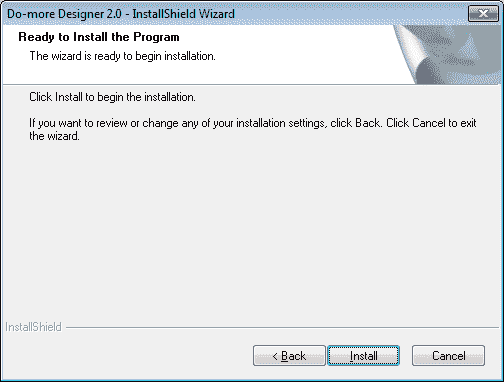 Surprisingly, this result is achieved with just 10-15 minutes of practice per day! Of course, such a result justifies any time spent on these classes.
Surprisingly, this result is achieved with just 10-15 minutes of practice per day! Of course, such a result justifies any time spent on these classes.
Teach your child to read easily and with joy!
Good luck to you and your child!
Classes for teaching reading to preschoolers
Content of the classes.
The number of syllables and words selected for each lesson is quite enough to learn to read, but this is subject to the rule mentioned above: the next lesson should be started only when the syllables and words of the previous lesson are read by the child error-free and confident.
Lesson 1.
First, learn 20 consonants. They should be pronounced briefly, abruptly, without overtones. You can't pronounce Be, We, Ge...
At first, we learn only capital letters together with the corresponding picture, then we read them without pictures.
B C D E F G K L M N
R S T V W Y Z
Lesson 2 HA TSA CHA SHA SHA
Session 3.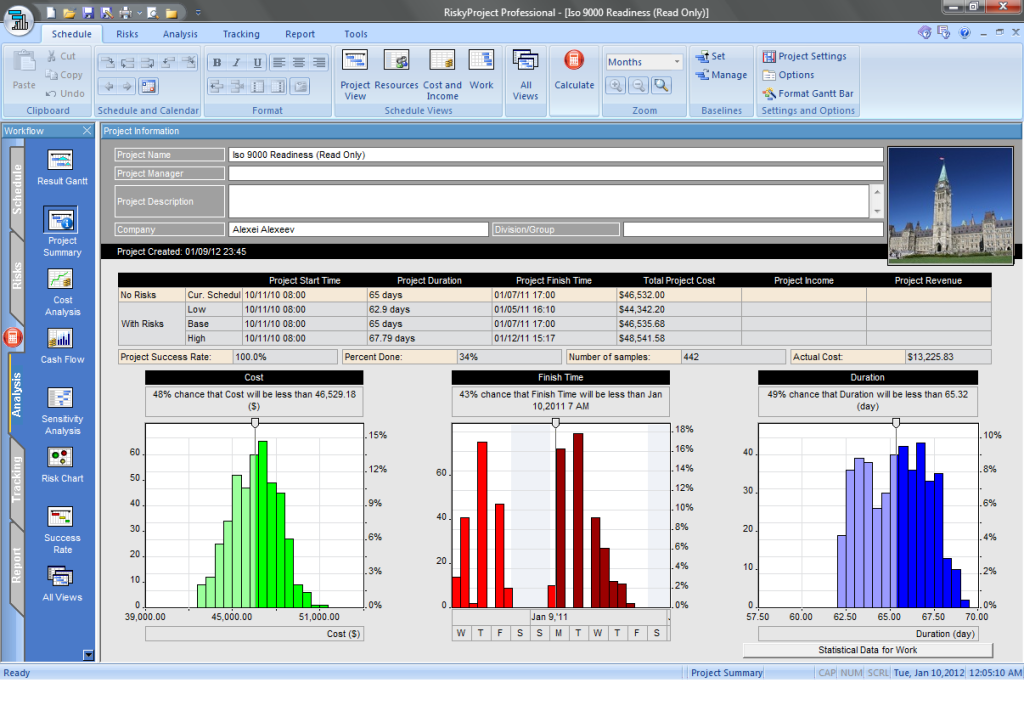
We tell the child that a capital letter at the beginning of some words means that this word is someone's name.
MA-MA PA-PA PA-RA LA-PA BA-BA RA-NA
SHA WA-ZA LA-MA WA-TADA-CHA PA-NA-MA ZA-DA-CHA MA-SHA DA-SHA
SA-SHA TA-MA-RA NA-TA-SHA PA-SHA
Lesson 4.
BO VO DO ZHO ZO KO LO MO NO PO RO SO TO FO HO TSO CHO SHO
Lesson 5.
NO-SHA RO-ZA DO-MA WE-LO SA-MA RO-SHA
KO-ZHA RA-BO-TA RO-MA VO-WA SO-FA ZHO-RA
Lesson 6.
Bu yu gu zh zhu uhuhu ahu ou ou ou ou ou ru
Su fuh huh shchi shch
Lesson -ZHA RU-KA PU-MA
SU-SHA SHCHU-KA SHU-BA TU-CHA BU-MA-GA
RA-DU-GA KU-KU-RU-ZA
Lesson 8.
WOULD YOU GY DY ZY KY WE
NY PY RY SY YOU FY HY TSY
Lesson 9.
FISH-BA RO-ZY RA-WE SHAR-RY
MOUNTAIN GU-BY ZU-BY 009 KU-BY 009 -SY BU-SY KO-ZY BA-NA-NY
BA-RA-NY FOR-BO-RY BA-RA-BA-NY
Next, we begin to read syllables and words with the letters I, E, Yo, Yu, I.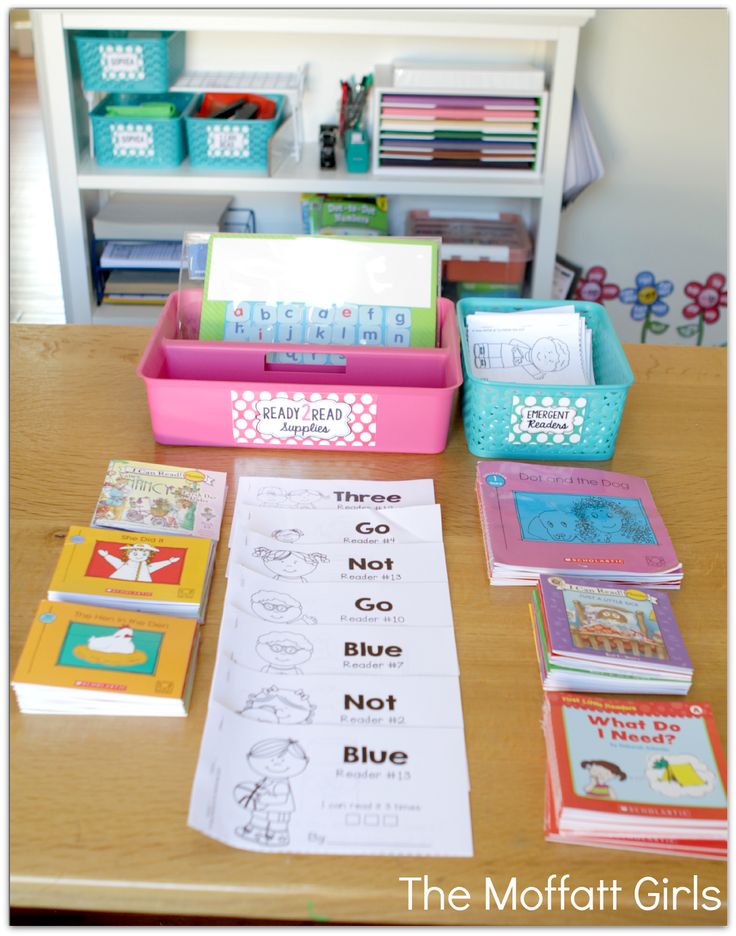 All these letters soften the consonant after which they stand. The letter b also softens the consonant, but it will be studied in lesson 26.
All these letters soften the consonant after which they stand. The letter b also softens the consonant, but it will be studied in lesson 26.
Lesson 10.
0003
SI TI PHI HI QI CHI SHI SHI
Lesson 11.
This lesson may cause some difficulties, because soft and hard consonants will alternate in these words. Usually it requires 2-3, and possibly more sessions.
PI-LA PO-NI NO-GI RU-KI KI-NO KO-NI -LI-NA SU-HA-RI DO-MI-KI
MI-NU-TA MA-KA-RO-NY VI-TA-MI-NY
Lesson 12.
KE LE ME NE
PER SE TE FE HE TSE CHE SHES
Lesson 13.
PO-LE SEA-RE SE-NO CA-CHE-LI CHU-DE-SA
PE-TOU-HI DE-TI GA-ZE-TA LE-NA LE-RA
GE-NA VE-RA WA-LE-RA
Lesson 14.
Hyo CHO SHE
Lesson 15.
BE-ROO-CHOO-KEE-Ma-Ma
SE-RE-RYO-INE-MAS
Lesson 16.
BYA VYA GYA DYA KYA LA MYA
NJA PYA RYA XYA THA FYA HYA
Lesson 17 SIA KA-CHA FE-DIA NA-DIA MI-CHA SO-NYA V-CHIA
FE-NYA TO-LA PE-CHA GA-LA TO-NYA KO-LA
MA-RU-SIA
Lesson 18.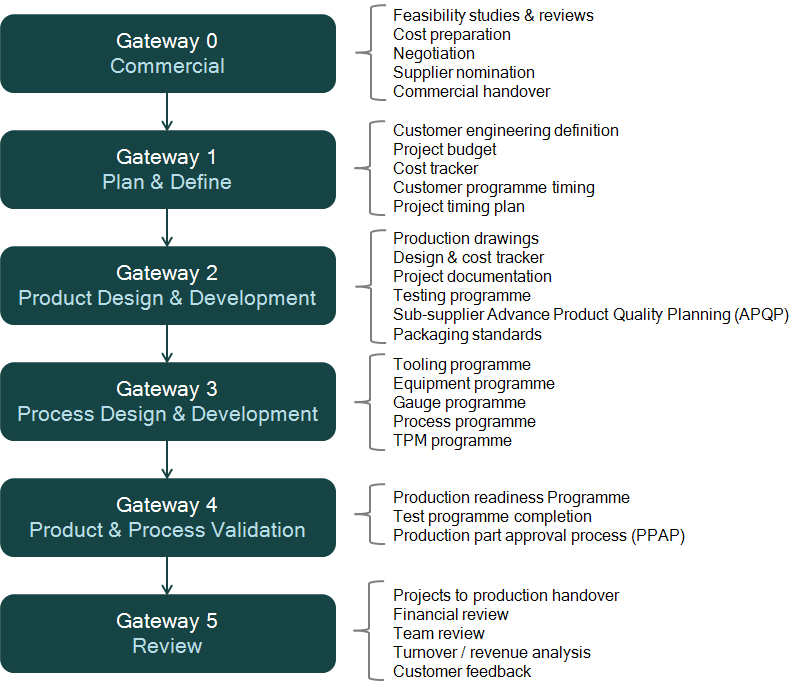
BYU VU GU DU ZU KYU
LU MU NYU RYU RYU SU TYU
Lesson 19. -SHA
VA-LU-SHA I-LU-SHA YU-LA
Lesson 20.
In this lesson, you need to enter small letters a, b, e, e. and na-ny shu-ba ry-ba ra-bo-ta for-bo-ry
Lesson 21.
Show the child how to read three-letter words (at first, the vowel should be pulled a little, but only at the very first time) .
cancer house smoke rice whale juice forest poppy honey varnish soup son cheese mouth cat dog our beetle world shower hour noise chalk
Activity 22 air-spirit doc-tor far-tuk fan-tic bridge-tic log-nal shash-lyk lan-dysh rain-dick pocket
Lesson 23.
river rep-ka pal-ka stove set-ka half-ka weight-on vet-ka fork-ka sum-ka ban-ka kuk-la buk-wa man-ka met-ro barrel-ka mis-ka thread-ka shor-you brush-ka
skewers cup sushi hat
dance mouse cat
Lesson 24 -horn to-por dya-tel tu-man
ve-ter ve-cher sa-har ry-bak ka-tok ko-tik
Lesson 25.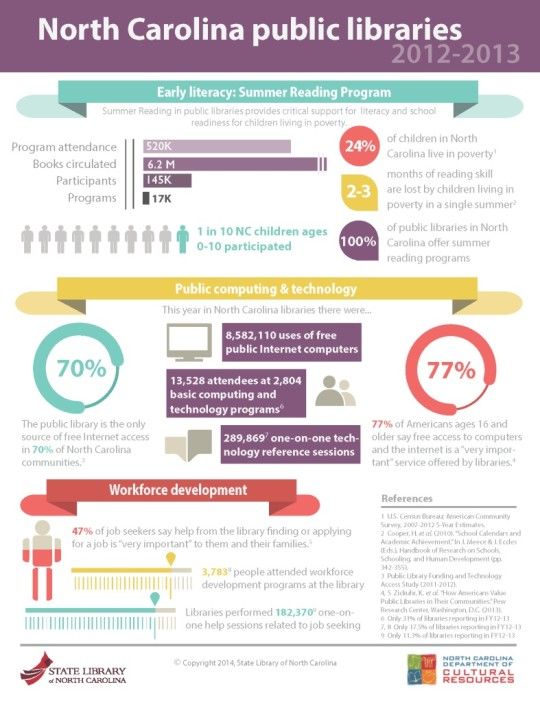
yu-la u-shi ut-ka az -bu-ka um-ni-tsa ig-ra ik-ra el-ka ar-booz A-li-na u-li-tsachai my may may-ka your tea-nick sa-rai zai-ka white ig -paradise kind Yu-la mu-ra-vey your own
Lesson 26.
salt dust shadow day king horse goose stump pain pain-but more money-gi pal-toes lie-reap ki -sel drinks pours drinks seven-family vyu-ga
Activity 27 book school roof
Lesson 28.
la
At this stage, we finish the study of letters, as well as various variants of syllables and words with them. It remains to say that the letter Y is also a consonant letter, but, unlike other consonants, it does not form an independent two-letter syllable with vowels.
Large binding.
Reading skills can be consolidated through various aids. For example, in the books O. Perova " Primer-simulator" and Bakhtina "Primer" excellent material for these classes is collected. Classes still need to be held regularly, for about a month. The material should be given in small volumes to avoid overworking the child. And remember: even 10-15-minute daily sessions give a very good result.
The material should be given in small volumes to avoid overworking the child. And remember: even 10-15-minute daily sessions give a very good result.
Reading fluency (step by step) .
- To work on reading fluency, short stories of 4-6 sentences are selected. Suitable material for this is, for example, in the “Primer” by N. S. Zhukova.
- We inform the child of the following goal: “You are well done, you read well. But you're growing up, and so today we're starting to learn to read like adults." The child reads the selected story, and we ask him 2-3 questions about the content of the story. "About what (or what) is written in this story? What is said about him (about them) ? Then we say: “Read the story again, but read a little faster.” We praise the child and ask to read the story again, but a little faster.
- As a result, the child read the story 3 times. Undoubtedly, the child himself will like the fact that he already manages to read some words in whole words.
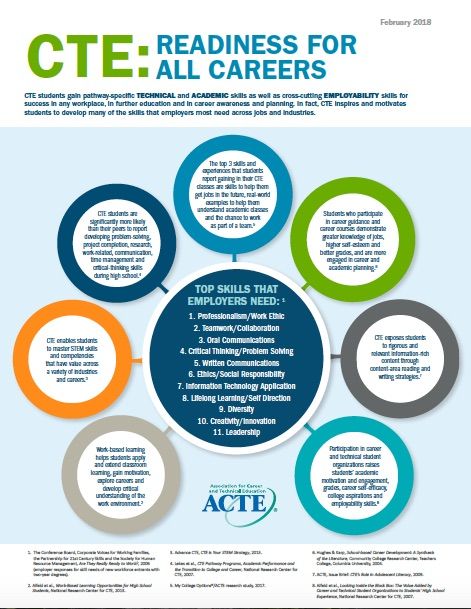 After this, the child must be praised and the lesson ends. At this stage, it is very important to observe the following rule: you cannot demand and, moreover, force a child to read in whole words. Over time, the transition from syllabic reading to reading whole words occurs naturally.
After this, the child must be praised and the lesson ends. At this stage, it is very important to observe the following rule: you cannot demand and, moreover, force a child to read in whole words. Over time, the transition from syllabic reading to reading whole words occurs naturally. - We start the next lesson by working on the story from the previous lesson. Remind the child that he read this story very well, almost like adults, in the last lesson and ask him to read it now just as well. After that, praise the child and do not work with this text in this lesson anymore, even if the child did not read it very quickly. Let's move on to the next story. We read it 3 times in the same way as in the previous lesson.
- The next lesson, we again start working on the story from the previous lesson.
Reading children's books.
The purpose of these activities is to instill a love of reading .
Children's books should be colorful and with suitable type. During this period, you can read books without dividing words into syllables. And from time to time we remind the child that we try to read like adults because we grow up.
During this period, you can read books without dividing words into syllables. And from time to time we remind the child that we try to read like adults because we grow up.
There are many different techniques and ways to increase interest in reading. One of the most effective ways to achieve this goal is as follows: an adult reads the beginning of some interesting story aloud, (for example, children's stories by Nosov, Suteev and other authors are suitable for this) . Further, the adult, referring to being busy, suddenly stops, preferably at the most interesting place and complains that there will be no time to find out what happened next. If the child is sufficiently interested, then he independently continues reading.
Also, to develop interest in reading, you can offer children to read fascinating children's encyclopedias with short informative stories, and then ask the child to tell us what he learned interesting. There are a great many such encyclopedias on the market now, we choose them according to the age and preferences of the child.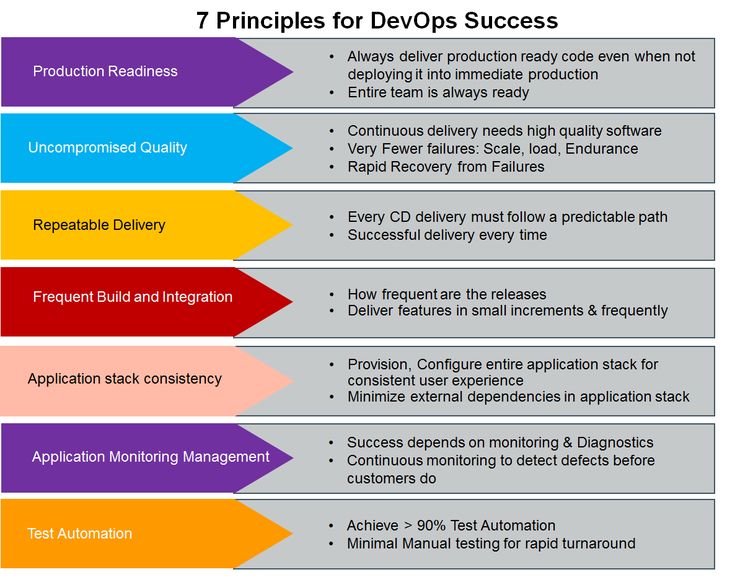
For parents of preschoolers:
| | | | |
Preschool Reading Program
Contents
EXPLANATORY NOTE…………………………………………..3
The content of the program for teaching reading ………………4
CHAPTER II. Structure and main directions of implementation programs .5
structural organization of classes ……………………………..………….5
work with sound and letter ……………………………………..………….5
interaction with parents ……………………………………..……...6
CHAPTER III. Calendar-thematic planning of training classes reading……………………………………………………………………...7
CONCLUSION…………………………………………… ……………… .11
Bibliography ......................................................................................................................................................................................................................................................................1
9000
Explanatory note
Reading - complex psychophysiological process. In his act take participation of various analytical systems: visual, speech-auditory, speech-motor.
In his act take participation of various analytical systems: visual, speech-auditory, speech-motor.
Reading starts at visual perception, distinction and recognition of letters. On this basis, there correspondence of letters with the corresponding sounds and reproduction is carried out sound image of the word - its reading. Due to the correlation of sound the form of the word with its meaning, the understanding of what is read is carried out.
Learn it's not easy to read. Know the alphabet and put letters into syllables, and syllables into words - That's not all. Many people remain at the level of folding words, not having learned see meaning in what you read. Learning to read is without a doubt one of the the main conditions for successful personal development. The child who began to read preschool age, of course, has an advantage over his unable to read by a peer.
If If, for whatever reason, the child had to have only one skill, then such a skill, no doubt, should be the ability to read. This skill underlies all the activities he encounters in life.
This skill underlies all the activities he encounters in life.
Home the task of teaching preschoolers to read is to make a word for the child, his the sound shell is not only tangible, but also attractive and interesting. When children in a game, onomatopoeic action learned to distinguish between vowels and consonants, hard and soft consonants, a new task is to remember the sign used to write the given sound. For easier memorization graphic elements - letters, the following methods of work are used: construction from sticks, pencils; drawing on a sheet of paper; hatching; stroke sample letter.
Training reading involves teaching children to read at the level of individual abilities every child. At the same time, targeted work is being carried out to enrichment, activation of speech, replenishment of vocabulary, improvement sound culture, clarification of the meanings of words and phrases, development dialogic speech.
Mastery reading skills becomes one of the main, basic moments of education, as it is part of the process of speech development. Simultaneous reading is one of the most important ways to obtain information. Leaving the process mastering reading skills in the first years of school life, adults put child in a difficult situation: the flow of information necessary for assimilation sharply increases with entry into school life. In addition, there is a need adaptation of children to the new external conditions of the school, to a change in regime moments, adaptation in the new school team. If this is added difficulties in mastering the skills of initial reading, then the danger increases, that any of the components of the new school life will not be mastered. So Thus, the need for earlier than in school years, education of children reading, dictated by the needs of social development and formation personality of the child, learning to read and tasks of age-related mental development baby
Simultaneous reading is one of the most important ways to obtain information. Leaving the process mastering reading skills in the first years of school life, adults put child in a difficult situation: the flow of information necessary for assimilation sharply increases with entry into school life. In addition, there is a need adaptation of children to the new external conditions of the school, to a change in regime moments, adaptation in the new school team. If this is added difficulties in mastering the skills of initial reading, then the danger increases, that any of the components of the new school life will not be mastered. So Thus, the need for earlier than in school years, education of children reading, dictated by the needs of social development and formation personality of the child, learning to read and tasks of age-related mental development baby
The purpose of this program is to build a system of learning to read preschoolers aged 5 to 7.
To achieve the goal the following program objectives are defined:
Mastering the ability to work with the full composition of sounds and Russian letters.
Teaching preschoolers analytic-synthetic merging syllable combinations - reading.
The development of thought processes (elements analysis, synthesis, comparison, generalization, classification), the ability to hear and reproduce the sound image of the word, correctly convey its sound.
Application of acquired knowledge, skills and abilities in cognitive activity.
Fostering a culture of communication that promotes the ability to express their thoughts, feelings, experiences.
The process of teaching reading is based on general didactic and specific principles :
1. the principle of systematicity and consistency: concentric assimilation of the program; organization and sequencing material (“from simple to complex”)
2. principle of visibility: illustrative (visual) the image of the studied objects and concepts contributes to the formation of more complete and clear images and ideas in the minds of preschoolers;
3. principle accessibility and feasibility: implemented in the division of the studied material into stages and in presenting it to children in successive blocks and parts, according to age characteristics and speech development;
principle accessibility and feasibility: implemented in the division of the studied material into stages and in presenting it to children in successive blocks and parts, according to age characteristics and speech development;
4. ontogenetic principle (taking into account the age characteristics of trainees).
The program is designed for children aged 5-7.
The duration of this program is one year of study.
CHAPTER I CONTENTS READING PROGRAMS
in an entertaining way to learn by preschoolers such concepts as sound and letter, understand their differences and features.
It is known that one of the important components of learning to read is a well-developed phonemic ear. AT in the process of mastering the program, special games are used that prepare auditory perception, attention and memory of preschoolers to work with speech sounds. Playing with fairy-tale characters, children get acquainted with vowels and consonants sounds, their correct articulation.
Playing with fairy-tale characters, children get acquainted with vowels and consonants sounds, their correct articulation.
The structure of each lesson also includes various games that contribute to the development of phonemic analysis skills in children and synthesis.
Vowels and consonants in class correlate with the images of the corresponding letters, while the graphic image reinforced with a couplet about the letter, which contributes to faster memorization material. Fairy-tale plot and unusual game situations reinforce interest child to learn sounds and letters.
When compiling the program, individual and age characteristics of children, their potential and abilities.
The program is aimed not only at the end result - the ability to read, but also on the creative development of the child's personal qualities, his comfortable being in the world, tolerant attitude towards others.
Program material is systematized and studied in a certain sequences: from simple to complex, from learning sounds to mastering knowledge about letters, merging syllabic elements into words.
An important condition for the implementation of the program is the psychological and pedagogical support for students, creating a comfortable atmosphere for development in the classroom children's individual abilities.
Didactic material used in the classroom is understandable and accessible child, awakens positive emotions, serves as an adaptation to new learning conditions.
Improving reading skills, the formation of linguistic intuition occurs in games of varying complexity and orientation. With the help of games with sounds and letters, persistent interest in learning and the desire to learn new things.
CHAPTER II STRUCTURE AND MAIN DIRECTIONS OF THE PROGRAM IMPLEMENTATION
Structural organization of classes
minutes. In the classroom, work is underway on the correct articulation, characterization sound, familiarity with the letter, syllable, word.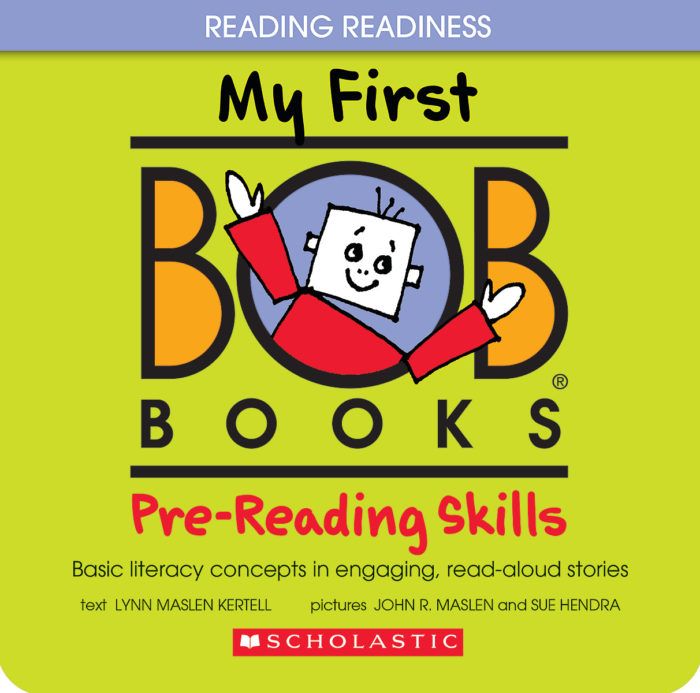
Sound and letter work
Before you start learning sounds and letters, preparatory classes are held for the development of speech and phonemic hearing; activation of cognitive processes.
Then the familiarization process begins with sounds and the graphic elements they designate - letters.
Sequence of lesson elements:
1. Reading the riddle, examining illustrations.
2. Doing lip exercises or tongue (in fairy tales about consonants, these are elements of articulatory gymnastics). If some preschoolers do not yet pronounce any sounds or pronounce them incorrectly, these exercises will help the child develop muscles lips and tongue, prepare the speech apparatus for the pronunciation of missing sounds. It is recommended to perform the proposed exercises in front of a mirror 5-7 times, so that the child can control the movements of the lips and tongue.
3. Next, the sound being studied is pronounced correct, according to the analysis of its correct articulation.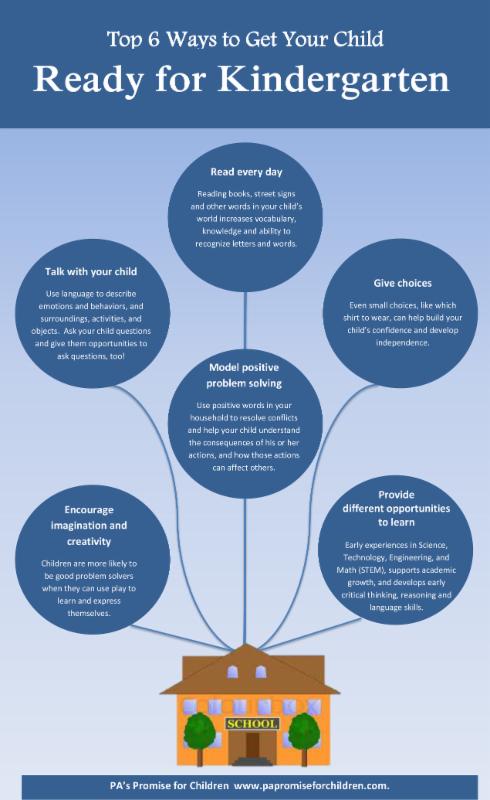
4. Then preschoolers are introduced to sound characteristic: whether it is a vowel or a consonant, hard or soft, voiced or deaf. It is necessary to rely on tactile, auditory, visual and motor analyzers when getting acquainted with the characteristics of sound.
First, the teacher explains how find out what sound it is:
- when pronouncing vowel sound the air comes out of the mouth easily and freely, nothing interferes with it: neither lips nor teeth, no tongue, that is, the air does not encounter any barrier, obstacle. The neck always “buzzes” - the child touches the back of his hand to throat to feel this vibration. If the children do not feel how "buzzing" neck, help them: put one hand of the child to your throat, and the other to it, say the sound [F] or [C] - the neck does not “buzz” (does not vibrate - vocal cords do not work), and then say the vowel sound [A] - throat "buzz" (vocal cords vibrate). The baby feels how your "works" neck, tries to repeat the sounds in the same way, feeling the vibration of his vocal cords;
- when pronouncing consonant sound Air is always prevented from escaping freely from the mouth either by the lips or by the lips and teeth, or tongue (air meets an obstacle, an obstacle in its path).
To determine sonority-deafness of a consonant sound, use the same technique with a neck - if the neck "buzzes", then the sound is sonorous, if it does not "buzz" - deaf. Can press your palms to your ears: if the ears are “buzzing”, then the sound is sonorous, if not "humming" - deaf.
- determine the hardness-softness of the sound, invite the child to pay attention to the lips: when pronouncing a soft consonant sound lips "smile". Say a solid sound in front of the mirror [F] (lips are in a neutral position), and then make a soft sound [Ф'] (lips stretched into a smile). You can “help” with your fist: when pronouncing a hard sound, you need to squeeze the fist strongly, when pronouncing a soft sound, squeeze the fist weakly.
The child then lists all sound characteristics using the proposed techniques.
5. Then, in the classroom, and games with a new sound are used, developing speech hearing (phonemic perception, analysis, synthesis and representation). Using these games on every lesson, the teacher prepares the speech hearing of preschoolers for the acquisition of reading skills.
6. Next, using Letters, enter a graphic image of sound is a letter. A poem about a letter is used.
7. Methods used to fix the image letters:
- “drawing” a letter with a finger in air, on the table;
- laying out a printed letter from pencils, counting sticks, matches, shoelaces or other items;
- execution of the image of the letter finger on semolina, other small cereals.
- building a letter from large and small buttons, beads, beans, peas, buckwheat on the table;
- Magic bag game: teacher invites children to get letters from the bag and name them.
- the teacher "writes" a letter with his finger back of the hand, and the child calls this letter. Then baby Guesses the letter with closed eyes.
8. At the end of the lesson, preschoolers read syllables with the letter being studied (together, without dividing the syllable into separate sounds). If a children are already doing well with this task, you can gradually move on to reading words.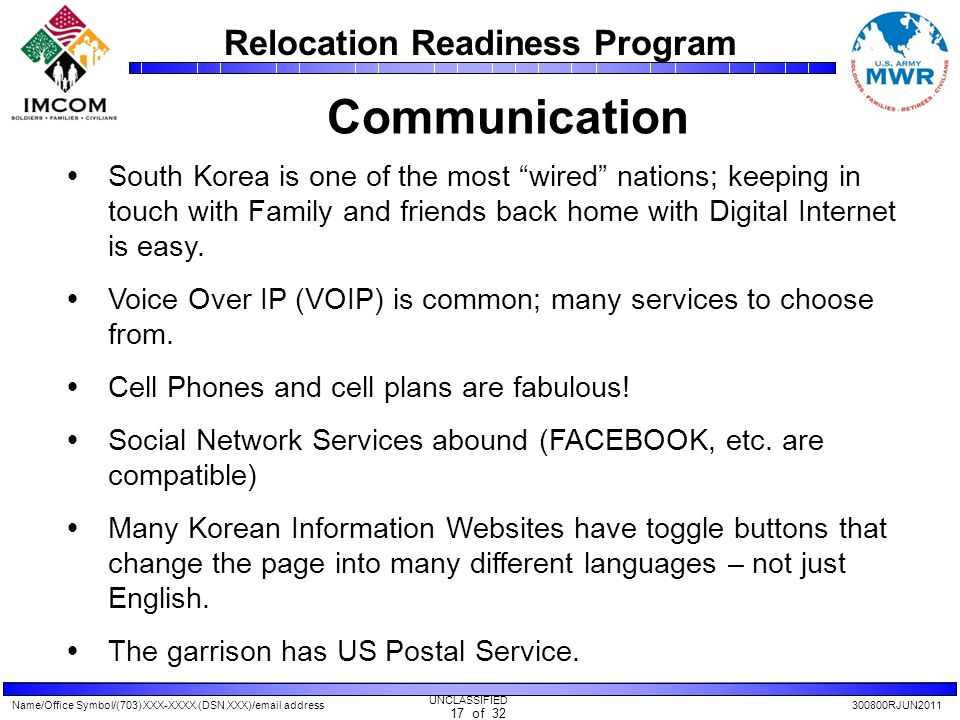
Interaction with parents in learning to read
Implementation a full-fledged educational process of teaching reading is impossible without the involvement and active participation of parents of preschool children.
Acquisition of reading skills especially in preschool age requires daily updating and consolidation of knowledge about sounds and letters learned in class. Without support and systematic exercises at home, without the interest of parents of preschoolers in success of the learning process, it is impossible to fully master the skills analytical-synthetic fusion of sound-letter combinations.
Basic rules for parents on organizing homework with preschoolers in the process of learning to read:
1. Play! The game - the natural state of a preschooler, the most active form of cognition of the world, the most effective form of education. Preschool education should be by the way, in a game situation, in an atmosphere of exciting business.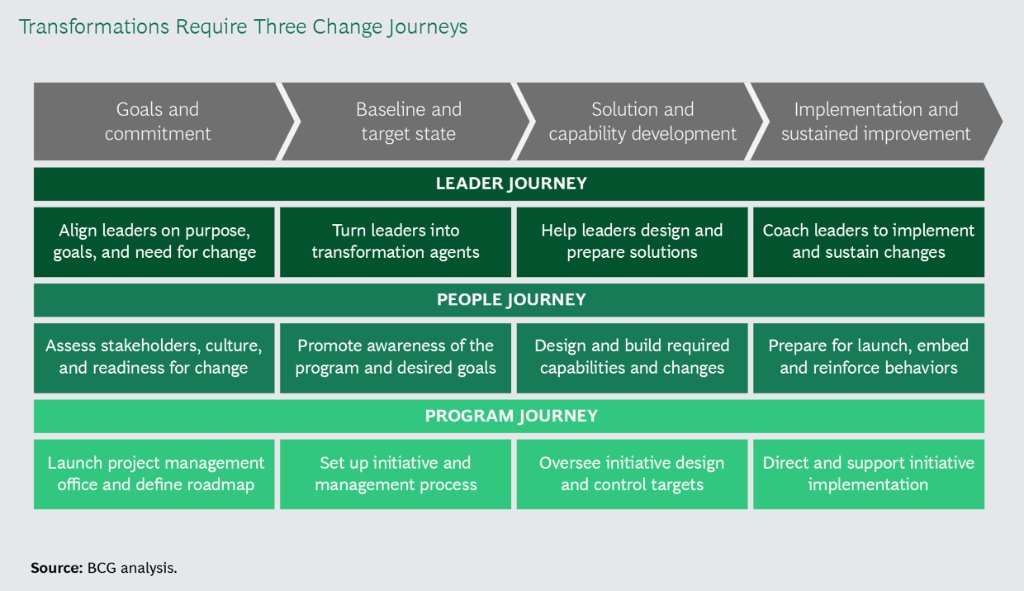
2. Maintain interest in classes, use a variety of games and manuals.
3. Not important duration of classes, and their frequency.
4. Be consistent in learning to read.
5. Your instructions and instructions should be short but concise - a preschool child does not able to take long instructions.
6. Get started learning to read only if the child's spoken language is sufficient developed. If the child's speech is replete with errors in word coordination, in syllable the structure of words or defects in sound pronunciation, should first of all contact a speech pathologist.
7. Mastery Reading requires a lot of mental and physical stress from the child. Therefore, in each lesson, be sure to combine training exercises with warm-ups. (physical minute, finger gymnastics, outdoor game).
8. A child is not miniature copy of an adult. The child has the right not to know and not to be able! Be patient!
9. Do not compare your child's progress with the progress of other children.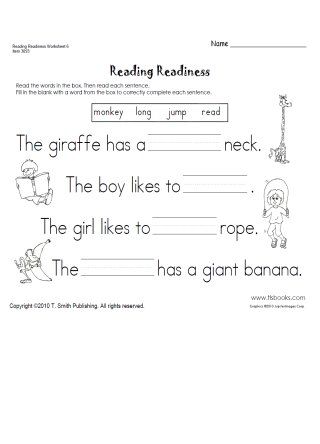 The pace of mastering the skill of reading individual for each child.
The pace of mastering the skill of reading individual for each child.
10. For each There is an optimal way for a child to learn to read. Try to find precisely those techniques and methods of work that correspond to his individual features.
11. Never start classes if you or your child are in a bad mood: such classes will not bring success!
CHAPTER III CALENDAR AND THEME PLANNING LEARN TO READ
|
| Lesson topic | Purpose of the lesson | Reading skills |
| 1 | "Introduction to sounds" | speech development and phonemic hearing of preschoolers | Preparation preschoolers to the perception of sounds and letters of the Russian language; formation motivation to study |
| 2 | "Meeting of Sound and Letters» | improvement of fine motor skills of fingers of preschoolers | |
| 3 | "Sound and letter "A""
| acquaintance preschoolers with the letter "A" | development phonemic representations; fixing the correct articulation of the studied sounds |
| 4 | "Sound and letter "U" | formation at children of persistent ideas about the letter "U". | |
| 5 | "Combination "AU"" | skill development sound analysis and synthesis of syllabic combinations | Read combination "AU" |
| 6 | "Combination" UA "" | Fastening skills and abilities of sound-syllabic analysis and synthesis | Synthesis of sounds [U] and [A] |
| 7 | "Sound and letter "O" | familiarity with the sound and the letter "O", improvement articulatory motility
| development phonemic representations; fixing the correct articulation of the studied sounds |
| 8 | "Sound and letter "I" | improvement of articulatory motility, development intonation side of speech
| |
| 9 | "Combination" IA "" | Development of skills in sound-syllabic analysis and synthesis, improvement of fine motor skills of fingers | Synthesis of sounds [I] and [A] |
| 10 | "Sound and letter "Y"" | introduce preschoolers to the letter "Y" | Development phonemic perception; fixing the correct pronunciation of sounds |
| 11 | "Sound and letter "E" | to form ideas in children about the sound and the letter "E" | |
| 12 | "Sounds [M] and [M'], letter "M""
| teach preschoolers the correct pronunciation of sounds [M] and [M'], distinguishing the letter "M" | Reading syllables: um, um, om, im, um, um Reading words: mind, mom, past, mu-mu |
| 13 | "Sounds [B] and [B'], letter "B""
| to form ideas of preschoolers about the sounds [B] and [B'], introduce the letter "B" | Reading syllables: ba, bo. Reading words: boom, boom, boom, boom
|
| 14 | "Sounds [P] and [P'], letter "P""
| to form ideas in children about the sounds [P] and [P'], their graphic designation | Reading syllables: up, op, up, yp, ep, sp. Reading words: dad, cougar, pima |
| 15 | "Sounds [Ф] and [Ф'], letter "Ф""
| introduce preschoolers to the sounds [F] and [F'], with denoted by their letter "F". | Reading syllables: fa, fo, fu, fu, fe, phi Reading words: Thomas, Fima, fifa, myth, puff, Ufa, myths |
| 16 | "Sounds [B] and [B'], letter "B""
| to teach preschoolers to distinguish between sounds [B] and [B'], introduce the corresponding letter "B" | Synthesis of syllables: wa, wo, woo, you, ve, vee Synthesis of words: willow, alas, willow, Vova, Vova, pava, you |
| 17 | "Sounds [T] and [T'], letter "T""
| introduce preschoolers to the sounds [T] and [T'], the graphic symbol corresponding to these sounds | Reading syllables: at, from, ut, yt, et, it Reading words: : boots, bit, cotton wool, Tim, photo, Tata, Tom, mats, this, those |
| 18 | "Sounds [D] and [D'], letter "D""
| to teach children to distinguish between sounds [D] and [D '], form ideas about the letter "D".
| Reading syllables: yes, do, do, do, do, do Reading words: houses, date, oaks, Dima, water, lady, thought, fashion, ode, go |
| 19 | "Sound [Н], [Н'] and letter" Н ""
| introduce preschoolers to the sounds [Н] and [Н'], the letter "H" | Synthesis of syllables: en, he, un, eun, en, in Synthesis of words: Nata, Nina, mina, tina, pony, pan, tone, us, don, fog |
| 20 | "Sounds [K] and [K'], letter "K""
| form ideas about the sounds [K] and [K'], the letter "K" | Reading syllables: ak, uk, ok, yk, ek, ik Reading words: Kapa, flour, Kama, kuma, Cuba, poppies, cinema, where, pile, Nika |
| 21 | "Sounds [G] and [G'], letter "G""
| teach children to distinguish between sounds [G] and [G '], fix submissions about the letter "G" | Synthesis of syllables: ha, go, gu, gee, ge, gi Synthesis of words: eider, lip, lips, years, legs, nougat, goga, paper, hammock, gam |
| 22 | "Sounds [X] and [X'], letter "X""
| introduce preschoolers to the sounds [X] and [X'], with their graphic designation - the letter "X" | Reading syllables: ah, ooh, ooh, ooh, ooh, of themReading words: hut, fly, quiet, perfume, ear, ear, echo, moss, laughter, trunk |
| 23 | "Sounds [C] and [C'], letter "C""
| to form children's ideas about the sounds [С] and [С'], about their graphic symbol - the letter "C" | Synthesis of syllables: sa, so, su, sy, se, si Reading words: owls, beads, owl, sleigh, braids, noses, gardens, kitty, juices, geese |
| 24 | "Sounds [З] and [З'], letter "3"
| introduce preschoolers to new sounds [З] and [З '], denoted by their letter - "З" | Reading syllables: for, zu zo, zy, ze, zi Reading words: teeth, basins, goats, vase, lawn, bison, music, lowland, mimosa, Zina |
| 25 | "Sound and letter" Sh ""
| to form preschoolers' ideas about sound and letter "SH" | Synthesis of syllables: sha, shu, sho, she, shi Reading words: steps, spikes, tire, fur coat, Masha, Dasha, Misha, hat, mouse, reeds |
| 26 | "The sound and the letter" Zh ""
| to form ideas of preschoolers about sound and letter "AND".
| Reading syllables: zha, zhu, zho, zhi, zhe Synthesis of words: toad, knives, skin, I see, I walk, harvest, pajamas, leaders, leader, wait |
| 27 | "Sound and letter "Ch""
| teach preschoolers the correct pronunciation sounds [Ch], the synthesis of syllabic combinations containing the studied sound | Reading syllables: ach, och, uch, ech, ich Reading words: tea, watch, cloud, dacha, seagull, daughter, glasses, barrel, chizhik, barrel |
| 28 | "Sound and letter "C""
| introduce children to the sound and letter "C" | Synthesis of syllables: ats, ots, uts, ets, yts, ts Synthesis of words: sheep, sheep, chicken, cash, clatter, hoe, cicada, scurvy, zinc, titmouse |
| 29 | "Sound and letter" Sh ""
| to teach preschoolers the synthesis of syllabic combinations, containing the sound "Щ" | Reading syllables: ash, osh, usch, esch, ysh, ish Reading words: soup, look, food, pike, squeak, vegetables, drag, drag, treat, looking for |
| 30 | "Sounds [L] and [L'], letter "L""
| introduce children to the sounds [L] and [L '], denoted by their graphic symbol - the letter "L" | Reading syllables: al, st, ol, el, yl, il Reading words: lacquer, llama , paw, magnifying glass, moon, puddle, soap, shovel, shelf, lily of the valley |
| 31 | "Sounds [P] and [P'], letter "P""
| to teach preschoolers the synthesis of syllabic combinations, containing sounds [Р] and [Р'] | Synthesis of syllables: ra, ro, ru, ry, re, ri Synthesis of words: hands, rose, slaves, wound, road, thunder, crane, drum, rice, risk |
| 32 | "Sound and letter "Y""
| to introduce preschoolers to the sound and letter "Y" | Reading syllables: ai, ouch, ouch, hey, ouch, ouch Reading words: give, bark, t-shirt, cod, bunny, jay, Zoyka, wash, bike, husky |
| 33 | Letter "E", Letter "Yo" | introduce children to the sound and the letter "E", "Yo" | Reading letter: "E" Reading words: eat, food, Eva, Egor, foam, Vera, sky, hay, feather, forest. Reading words: hedgehog, ruff, Christmas tree, honey, flax, aunt, Syoma, Lenya, bangs, cauldron. |
| 34 | Letters "I"
| to form ideas in children about the sound and the letter "I" | Letter: "I" Reading words: Yasha, Yana, meat, apple, pit, yacht, bright, clear, nanny, hawk. |
| 35 | Letter "U" | to teach children to distinguish between the sound and the letter "U", synthesis syllable combinations containing this sound. | Reading letter: "Yu" Reading words: yula, south, Julia, Nyura, skirt, Yura, hatch, union, Lyuba, yurt. |
| 36 | "Letters [b] and [b]"
| to form persistent ideas among preschoolers about letters [b] and [b] | Reading words (with "b"): stump, mother, pain, swamp, lynx Reading words (with "b"): ate, drove in, drove up, drove around, ate | Realization


 boo, bae, would, bi
boo, bae, would, bi 
